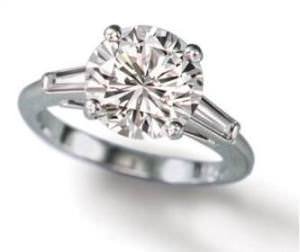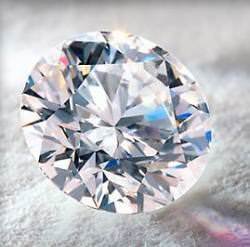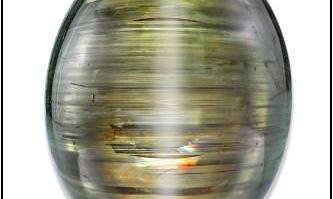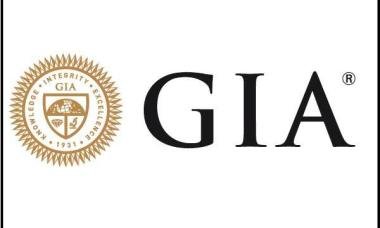The Gemological Institute of America (GIA), the creator of the famous Four Cs of diamond quality has six tips to help people find the best diamond jewelry – whether it’s for getting engaged or any other special occasion.

|
The Gemological Institute of America (GIA), recognized as the world’s foremost authority in gems and jewelry and the creator of the famous Four Cs of diamond quality as well as the International Diamond Grading System™, has six tips to help people find the best diamond jewelry – whether it’s for getting engaged or any other special occasion.
Choose a qualified jeweler: Consumers should select a jeweler as carefully as they would a doctor, lawyer or any other trained professional. Find someone trained as a gemologist, such as a GIA Graduate Gemologist. Look for their affiliations with jewelry industry groups and professional associations.
Do the research: Today’s consumers are savvy when it comes to researching what they want. Consumers should start by knowing the Four Cs of diamond quality - Carat weight, Clarity, Color, and Cut – so they can speak the language of diamonds. The Four Cs let people communicate better with jewelers and will help them determine which diamond they like best and why.

|
Learn how to determine diamond quality through the Four Cs: Every diamond can be described by its attributes, the Four Cs, which when taken together, help to determine the diamond’s overall quality and value. Quality equates to rarity, and rarity to higher value.
Carat: Diamonds are weighed in metric carats. Two carats weigh about the same as a small paper clip. Just as a dollar is divided into 100 pennies, a carat is divided into 100 “points.” This means a diamond of 50 points is equivalent to 0.50 carats.
Clarity: Created by nature, born deep in the earth under intense heat and pressure, nearly all diamonds contain unique clarity characteristics. Flawless diamonds are extremely rare and highly valued. Most clarity characteristics are invisible unless magnified at least 10 times.
Color: Colorless diamonds are also very rare and highly valued. Most diamonds have a slight yellow or brown tint. GIA uses letters to represent colors, beginning with D (colorless) and ending at Z (light yellow or brown). “Fancy colored diamonds” are even more uncommon than the colorless ones, but they have been found in every color imaginable, from pink and blue to purple and red. They have their own GIA color grading system.
Cut: While diamonds can be fashioned into different shapes, the term “cut” refers to proportion. A diamond’s cut pertains to the number, placement and shape of the facets that create the finished diamond. A well-cut, balanced diamond uses light bouncing off its facets to create, reflect and magnify color and sparkle.
Ask for an independent diamond grading report: A diamond grading report details the exact gemological quality of the diamond. It tells a prospective buyer whether the stone is natural or synthetic, if it has been treated and how, and its quality rankings in each of the Four Cs.
Keep the purchase secure: Get the diamond appraised and insured. A diamond grading report is the gemological blueprint of a diamond, an independent assessment of its quality, while an appraisal puts a monetary value on the diamond. You can also have a personal message or the report number laser-inscribed on the diamond’s outer edge, called the girdle, to help identify it if it’s ever lost or stolen.
Buy the stone loose and get the ring set later: If a person is unsure about what their future fiancé might like best in a ring, one option is to buy the diamond loose and pick out the mounting together later. Be sure to get the loose stone graded.
Get a receipt: Buyers should request a receipt for the diamond purchase and a 30-day guarantee that lets the purchaser return the stone or ring for cash.
A gift of diamond jewelry is an expression of what people mean to each other. People can make sure they are getting the most value for their purchase by learning more about diamonds from GIA’s Web site on www.gia.edu.










